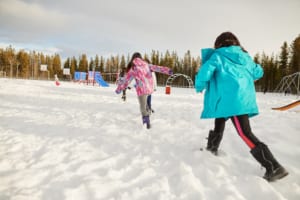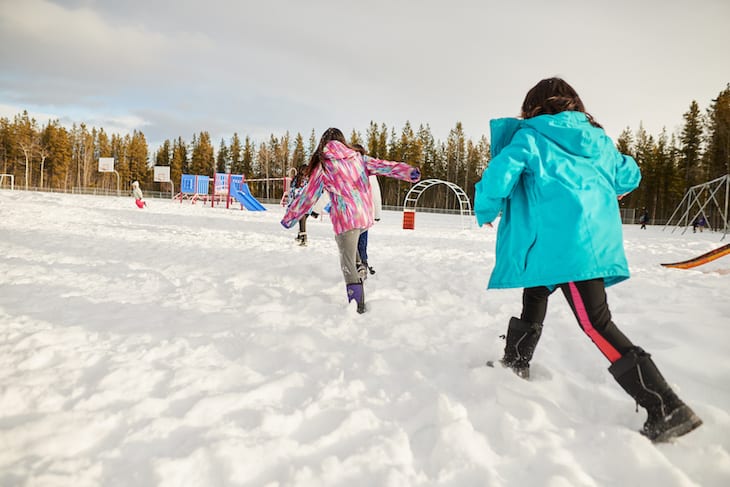
In traditional cultures, the cycle of the seasons is recognized and celebrated with ceremonies. These ceremonies and traditions encourage connection to people and place or a greater sense of belonging and community. Isolation and loneliness are the opposite of belonging, and this pandemic – especially this winter – has been difficult on our collective mental, social and physical wellbeing.
This realization led to an informal talk that our friends at Cleveland Foundation called “Fighting the Winter Blahs,” with guest presentations by experts See You At The Top (SYATT), Seventh Hill and Neighborhood Connections. These guests challenged participants focused in Greater Cleveland, to fully embrace winter.
We learned about winter gear, nature equity as well as the notion of a “Winter City,” and we unpacked our individual and cultural attitudes towards winter. I was struck by how little we take into account all four seasons in our thinking, planning and policy. But why? One solution is to create new winter traditions and learn from traditions outside the Western European and Nordic references, such as:
- The Haudenosaunee (Iroquois Confederacy, ancestral land of what we now call Greater Cleveland) celebrated a Mid-Winter Festival in January and February that involved giving thanks for the gifts of the past year and preparing for the New Year.
- The Blackfeet Tribe of Montana viewed winter solstice as a time for games and community dances. In fact, many communities held their smaller gatherings, with unique drumming, singing, and dancing.
- Dong Zhi, or the “arrival of winter,” is an important festival in China. Families get together and celebrate the year they had. Special foods like rice balls are enjoyed.
- The Hopi Indians of northern Arizona have a winter celebration that includes purification, dancing, and sometimes gift-giving.
- The Hungarian town of Mohács has the Busho, in which the townspeople dress as horned monsters, wander the town swilling spiced wine and homemade pálinka, and make as much noise as humanly possible to scare away winter.
Do you have an idea for a safe, inclusive and fun way to help your neighbors embrace winter this year? Our partner Neighborhood Connections recently launched Get Outside Grants, a funding opportunity to help small groups gather safely in their neighborhood this winter. Like the Blackfeet. Learn more about Get Outside Grants here.
Hopefully, some new traditions and a stronger sense of belonging and place result from this!
This post was originally published by the Cleveland Foundation.

The Cleveland Foundation’s mission is to enhance the lives of all residents of Greater Cleveland, now and for generations to come, by working together with our donors to build community endowment, address needs through grantmaking, and provide leadership on key community issues.




